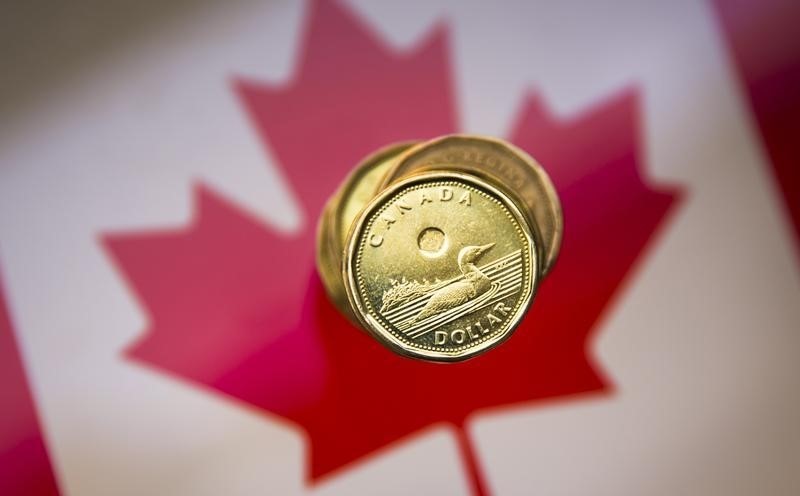* Canadian dollar at C$1.2483, or 80.11 U.S. cents
* Loonie rises 0.4 percent for the week
* U.S. crude CLc1 prices rise 1.70 percent
* Bond prices higher across a flatter yield curve
By Fergal Smith
TORONTO, Oct 13 (Reuters) - The Canadian dollar edged lower against its U.S. counterpart on Friday as an uncertain outlook for the North American Free Trade Agreement offset higher oil prices.
The Trump administration demanded that U.S.-made content account for half the value of the cars and trucks sold under the North American Free Trade Agreement, raising further doubts about any potential deal to renew the pact. negotiations are offsetting the benefit for the currency from higher oil prices, said Hosen Marjaee, senior managing director, Canadian fixed income at Manulife Asset Management.
Prices of oil, one of Canada's major exports, were boosted by strong Chinese oil imports and U.S. President Donald Trump's decision not to certify that Iran is complying with a nuclear agreement. crude CLc1 prices settled 1.7 percent higher at $51.45 a barrel.
Also weighing on the loonie has been a reversal in recent weeks of interest rate spreads between Canadian and U.S. government debt as investors dialed back expectations for Bank of Canada interest rate hikes.
"It seems like there is not going to be an October hike," Marjaee said.
The central bank has hiked rates twice since July. But chances of another hike this month have fallen to 25 percent from nearly 50 percent in mid-September.
At 4 p.m. EDT (2000 GMT), the Canadian dollar CAD=D4 was trading at C$1.2483 to the greenback, or 80.11 U.S. cents, down 0.1 percent.
The currency traded in a range of C$1.2450 to C$1.2520.
Still, the loonie gained 0.4 percent for the week.
Speculators have raised bullish bets on the loonie to the highest since November 2012, data from the U.S. Commodity Futures Trading Commission and Reuters calculations showed.
As of Oct. 10, Canadian dollar net long positions had edged up to 76,392 contracts from 75,128 a week earlier.
The resale of Canadian homes grew 2.1 percent in September from August, led by gains in Toronto and Vancouver, suggesting national sales may be stabilizing after cooling sharply in the spring, the Canadian Real Estate Association said. government bond prices were higher across a flatter yield curve in sympathy with U.S. Treasuries after data showing weaker-than-expected U.S. underlying inflation.
The two-year CA2YT=RR price rose 7.1 Canadian cents to yield 1.543 percent and the 10-year CA10YT=RR climbed 64 Canadian cents to yield 2.034 percent.
